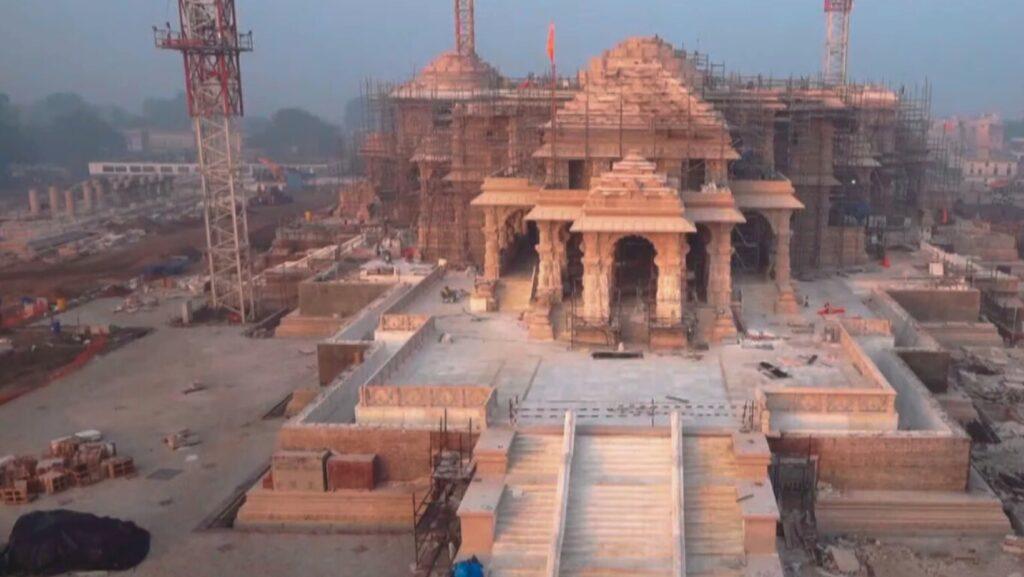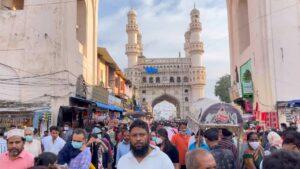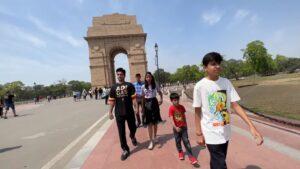Ayodhya Ram Mandir is a Hindu temple that is under construction in Ayodhya, Uttar Pradesh, India. It is located at the site of Ram Janmabhoomi, the hypothesized birthplace of Rama, a principal deity of Hinduism. The site is the former location of the Babri Masjid, which was demolished in 1992 by Hindu activists who claimed that it was built over a pre-existing temple of Rama.
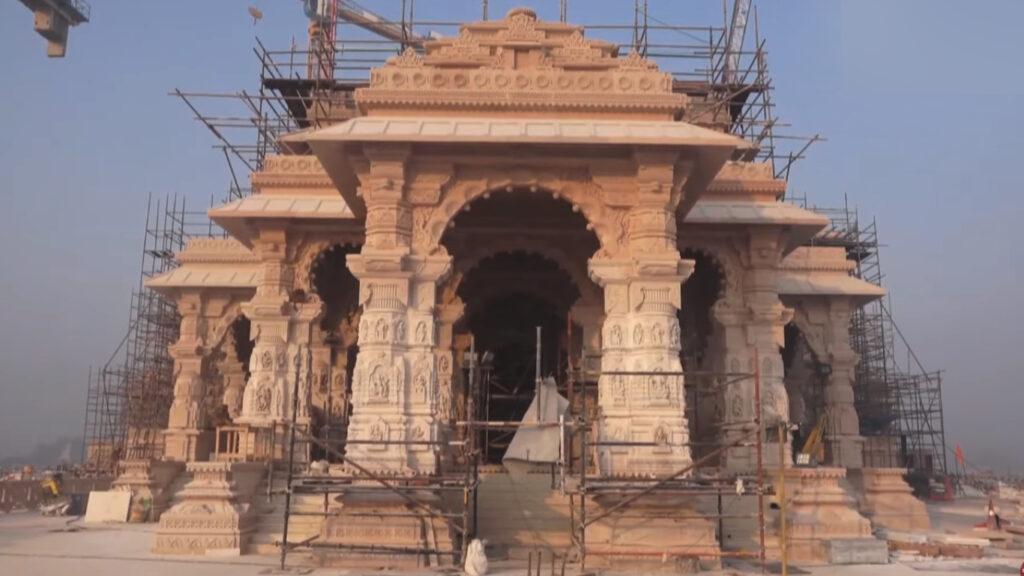
Ayodhya, the ancient city nestled in the state of Uttar Pradesh, India, is set to become the home of the magnificent Ram Mandir. This Hindu temple, currently under construction, holds immense significance for millions of devotees around the world. It stands at the site of the Ram Janmabhoomi, believed to be the birthplace of Lord Rama, a revered deity in Hinduism.
The construction of the Ram Mandir has been a topic of historical and legal importance, and the project has garnered widespread attention. In this article, we will delve into the rich history, location, and opening date of the Ayodhya Ram Mandir, and explore the awe-inspiring photos that have captured the imagination of people across the globe.
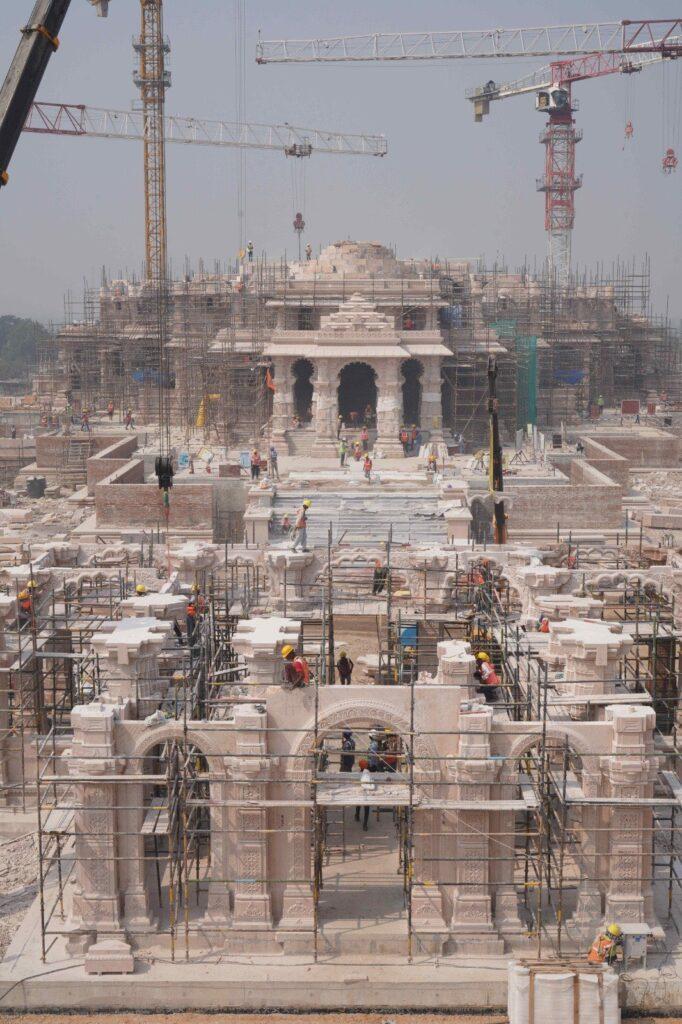
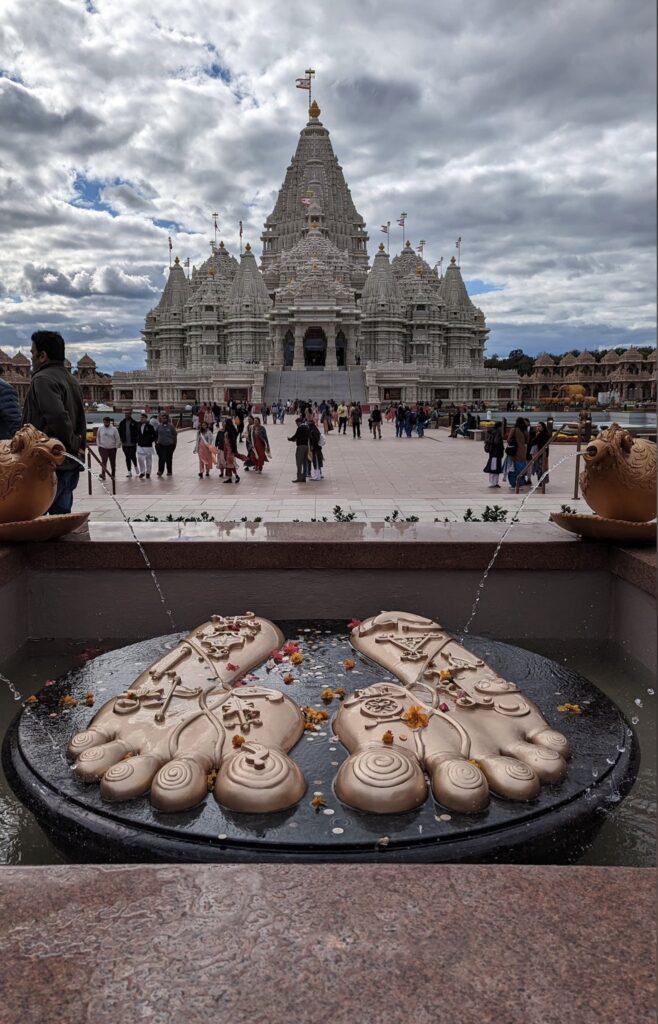
Demolition sparked communal riots and a long legal dispute that was resolved in 2019 by the Supreme Court of India, which gave the disputed land to Hindus for the construction of the Ram Mandir, while Muslims were given land elsewhere to build a mosque. The foundation stone laying ceremony for the commencement of the construction of the Ram Mandir was performed on 5 August 2020, by Prime Minister Narendra Modi. The inauguration of the temple is set to be done on 22 January 2024.
Ayodhya Ram Mandir History
History of the Ayodhya Ram Mandir is a tale of devotion, controversy, and resilience that spans centuries. With its roots deeply entrenched in Hindu mythology, the temple has undergone various phases, marked by significant events and developments.
Ancient Origins
Ancient Indian epic, Ramayana, Rama was born in Ayodhya, the capital of the kingdom of Kosala. He was the seventh incarnation of Vishnu, the supreme god of Hinduism. Rama is revered as an ideal king, a righteous warrior, and a compassionate human being. He is also the central figure of the Ramayana, which narrates his life story, his exile, his battle with the demon king Ravana, and his return to Ayodhya.
Ramayana mentions that Rama was born in a palace called Ramkot, which was located on the banks of the Sarayu river. It also mentions that Rama performed a sacrifice called Ashvamedha at a place called Ramghat, where he also bathed in the river. These places are considered to be the sacred sites of Ram Janmabhoomi, or the birthplace of Rama.
Original Temple
Temple dedicated to Rama at the site of Ram Janmabhoomi is said to have been constructed in the 12th century CE by King Raja Dashrath, the father of Rama, as per historical records. The temple was a magnificent structure that had a dome-shaped roof, a spire, and an idol of Rama in the sanctum sanctorum. The temple was visited by pilgrims and saints from all over India, who praised its beauty and sanctity.
Temple was also mentioned by several medieval travelers and writers, such as the Chinese monk Xuanzang, the Persian poet Amir Khusrow, and the Mughal historian Abul Fazl. They described the temple as a splendid and majestic edifice that was adorned with gold and jewels, and that attracted a large number of devotees.
Babri Masjid Controversy
Construction of the Babri Masjid, a mosque, at the same site in the 16th century CE by the Mughal general Mir Baqi, led to a long-standing religious and legal dispute. It is claimed that the mosque was built after the demolition of the original temple of Rama, and that the mosque incorporated some of the materials and pillars of the temple. Mosque was named after the Mughal emperor Babur, who is said to have ordered its construction.
Mosque became a flashpoint for Hindu-Muslim tensions over the centuries, as both communities claimed the site as their own. Several attempts were made by Hindu groups to reclaim the site and rebuild the temple, while Muslim groups opposed any such move and defended the mosque. Dispute escalated in the 20th century, as several lawsuits, petitions, and movements were filed and launched by both sides. The most notable incidents were:
In 1949, idols of Rama and other Hindu deities were placed inside the mosque by some Hindu activists, who claimed that they had miraculously appeared there. This led to the closure of the mosque by the government and the declaration of the site as a disputed area.
In 1986, a local court ordered the reopening of the site for Hindu worship, after a petition by a Hindu lawyer. This led to protests and clashes by Muslim groups, who challenged the order in higher courts.
In 1990, a nationwide campaign was launched by the Vishva Hindu Parishad (VHP), a Hindu nationalist organization, to build the Ram Mandir at the site. The campaign was supported by several political parties, such as the Bharatiya Janata Party (BJP) and the Shiv Sena. Campaign culminated in a massive rally in Ayodhya, led by the BJP leader L.K. Advani, who was on a rath yatra (chariot journey) across India to mobilize support for the cause.
In 1992, the Babri Masjid was demolished by a large crowd of Hindu activists, who stormed the site and razed the mosque to the ground. The demolition sparked communal riots across India, in which more than 2,000 people were killed. The demolition also led to several legal cases and investigations, such as the Liberhan Commission and the CBI case, to probe the responsibility and culpability of the demolition and the riots.
Ayodhya Verdict
Final and decisive verdict on the Ayodhya dispute was delivered by the Supreme Court of India on 9 November 2019, after hearing the appeals of various parties involved in the case. The verdict was based on the evidence and arguments presented by the parties, as well as the report of the Archaeological Survey of India (ASI), which conducted excavations at the site and found the presence of a structure beneath the demolished Babri Masjid, that was deemed to be non-Islamic.
Ayodhya Ram Mandir Opening Date
Construction of the Ram Mandir is progressing at a steady pace, and the temple is scheduled to be completed by January 22, 2024. This auspicious date will witness the pran pratishtha (consecration) ceremony, where the idol of Lord Rama will be placed in the sanctum sanctorum amidst elaborate rituals and celebrations. Prime Minister Narendra Modi has been extended a formal invitation to attend the ceremony, which will be attended by numerous political leaders, industrialists, spiritual figures, and other dignitaries.
Shri Ram Mandir Ayodhya Photo
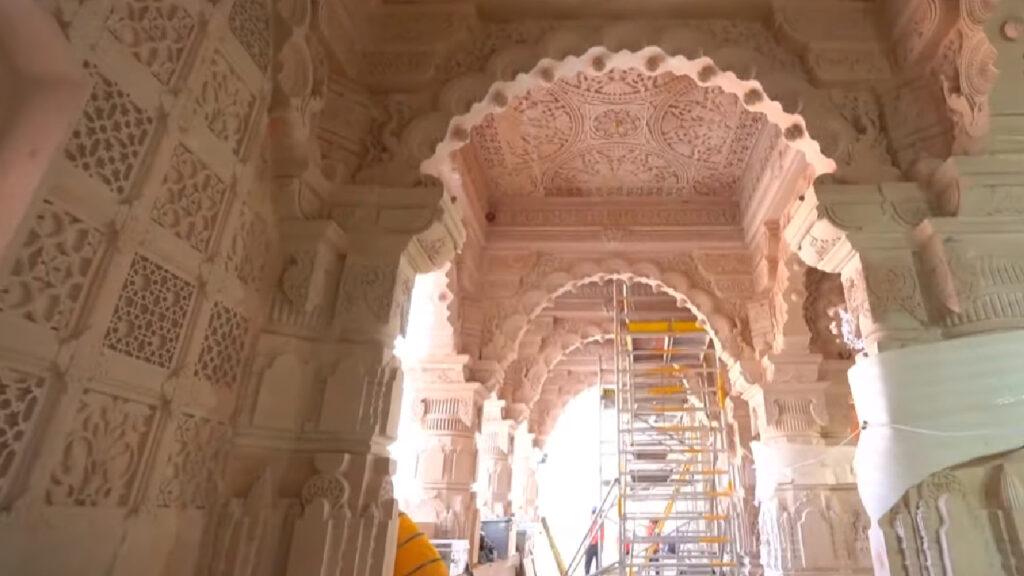
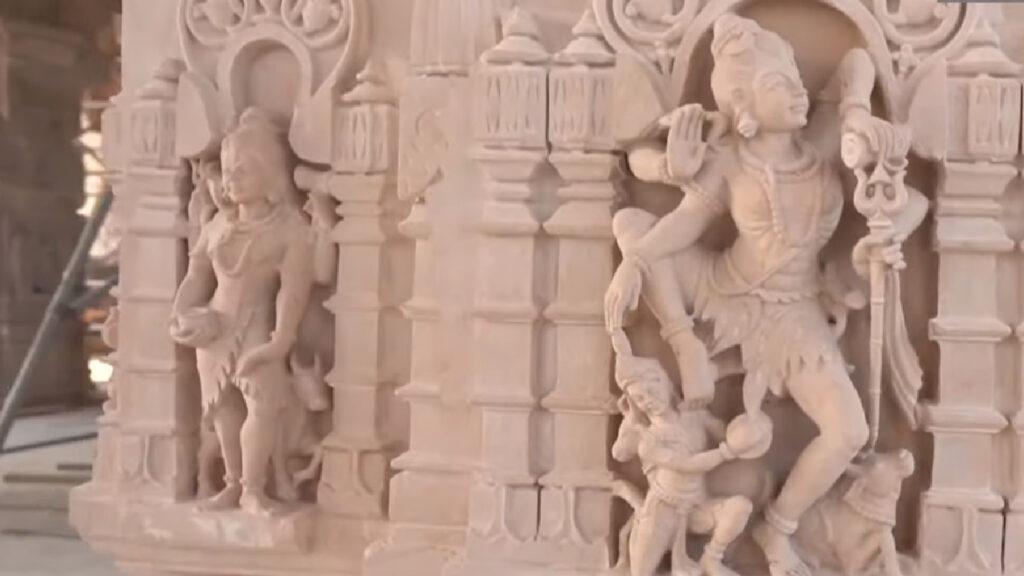
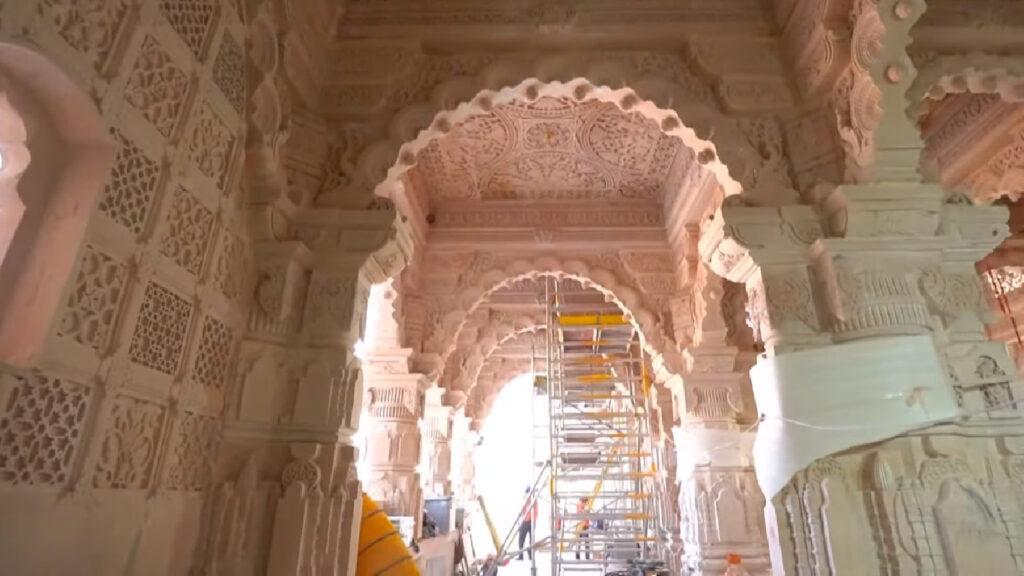
Ayodhya Ram Mandir Location
Ayodhya Ram Mandir, also known as Lord Shri Ram Temple, is a Hindu temple located in Ayodhya, Uttar Pradesh, India.
Ayodhya Ram Mandir is not just a temple; it is a representation of our faith, heritage, and collective identity.
What is the historical significance of the Ayodhya Ram Mandir?
Ram Mandir holds immense historical and religious importance for Hindus. It is believed to be the birthplace of Lord Rama, a revered deity in Hinduism. The site has been a subject of religious and political disputes for centuries. However, a landmark Supreme Court judgment in 2019 paved the way for the construction of the temple on the disputed land.
Where is the Ayodhya Ram Mandir located?
Temple is situated in Ayodhya, a holy city in the Indian state of Uttar Pradesh. Ayodhya is considered one of the seven holiest cities for Hindus and finds mention in ancient Indian scriptures like Ramayana.
When is the Ayodhya Ram Mandir opening?
The grand inauguration ceremony for the Ram Mandir is set to begin on January 16, 2024, with the culmination marked by the installation of the Lord Ram idol on January 22, 2024. This auspicious occasion is eagerly awaited by millions of devotees worldwide.
